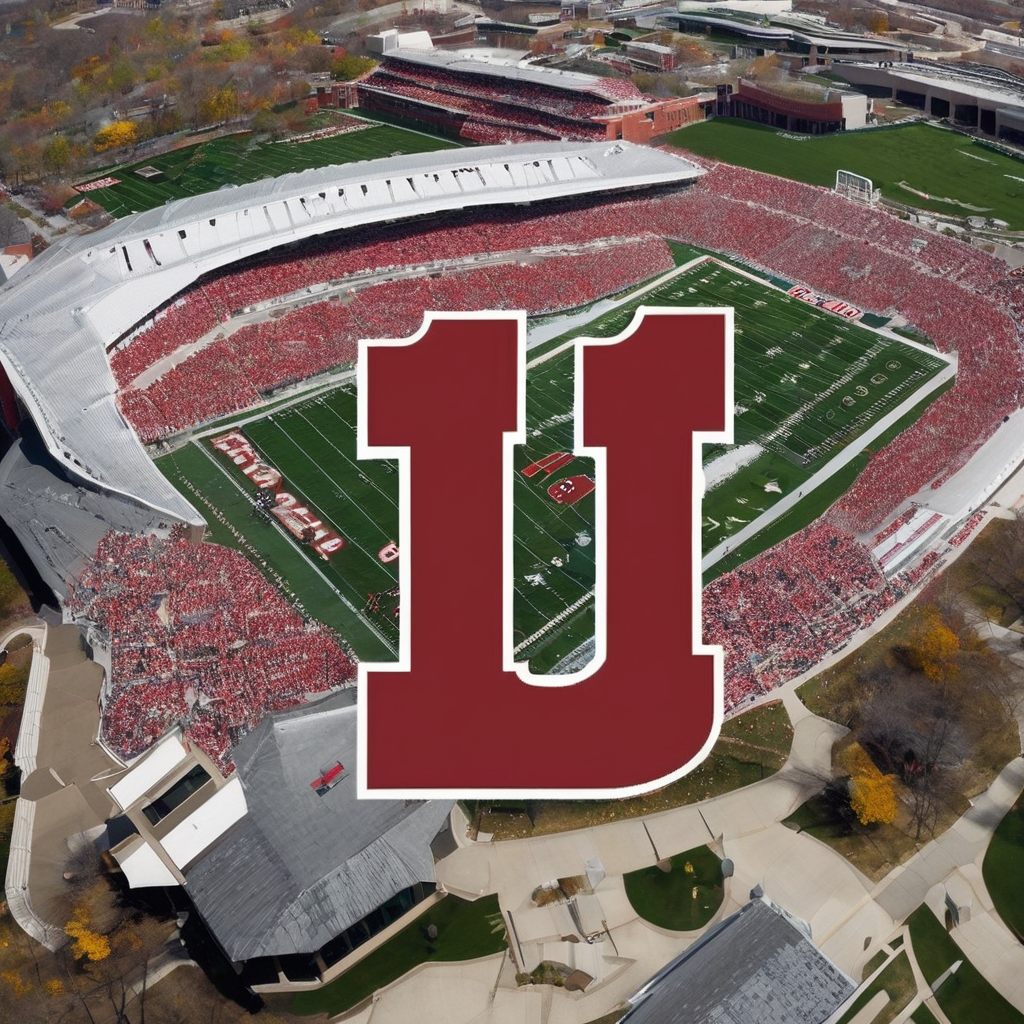Big Ten’s $2 Billion Private Equity Deal: Weighing the Pros and Cons for Universities
Big Ten’s $2 Billion Private Equity Deal: Weighing the Pros and Cons for Universities
The Big Ten Conference is reportedly considering a significant private equity investment, rumored to be around $2 billion. This potential deal has sparked considerable debate among university leaders, athletic directors, and fans alike. While the influx of capital could offer unprecedented opportunities for growth and development, it also raises critical questions about the long-term implications for these institutions.
The appeal of a $2 billion investment is undeniable. Universities could use these funds to upgrade athletic facilities, enhance academic programs, bolster research initiatives, and improve student services. Imagine state-of-the-art training facilities, expanded scholarship opportunities, and cutting-edge research labs fueled by this influx of capital. This could translate to enhanced competitiveness on the field and in the classroom, attracting top student-athletes and faculty, and elevating the overall reputation of the conference.
However, concerns remain about ceding control and potentially compromising the long-term financial stability of the universities. Private equity firms typically expect a return on their investment, which could mean sharing future revenues generated by the Big Ten Conference. This could involve a percentage of television deals, licensing agreements, or other revenue streams. Some fear that this could create a situation where universities are forced to prioritize profit over their core missions of education and research.
The specific terms of the deal are crucial. What percentage of revenue would be shared? How much control would the private equity firm have over conference decisions? What guarantees are in place to protect the academic integrity of the universities? These questions must be answered transparently before any agreement is reached. Regent Jordan Acker’s recent social media warning against “selling off Michigan’s precious public university assets” highlights the anxieties surrounding potential loss of control and the prioritization of profit.
Furthermore, the long-term impact on ticket prices and the accessibility of sporting events for the average fan must be considered. Will universities be pressured to raise ticket prices or prioritize premium seating to maximize revenue and satisfy the private equity firm’s demands? Maintaining affordability and accessibility for the broader community is essential to preserving the spirit of college athletics.
Ultimately, the decision to accept a private equity investment is a complex one with significant implications for the future of the Big Ten Conference. Universities must carefully weigh the potential benefits against the potential risks, ensuring that any agreement aligns with their long-term goals and values. Transparency, careful negotiation, and a commitment to protecting the interests of students, faculty, and fans are paramount.

